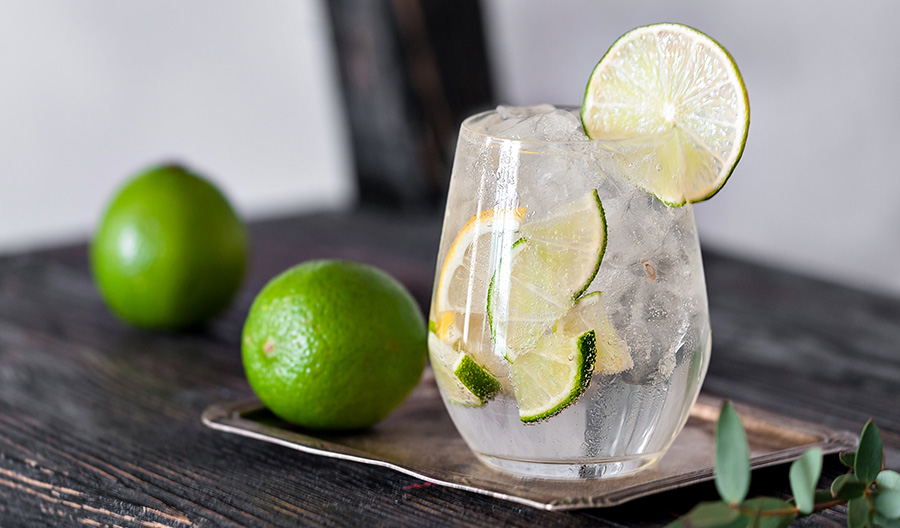Before we dive into how to boost vodka sales and profits for your business, here are some quick statistics on America's favorite spirit.
Vodka accounts for 31% of the spirits industry by volume in the U.S.
Flavored vodka makes up around 19% of all vodka sales.
Russia is the largest vodka market in the world, followed by the U.S.
The vodka market is expected to grow at a CAGR of 4.44% from 2021 to 2026.
Super-premium vodka brands have seen a 13.8% increase in sales volume in 2020.
Sales of vodka in the U.S. reached nearly 75 million 9-liter cases in 2020
One of the current trends in vodka sales is the rise of craft and artisanal vodka. Consumers are increasingly interested in high-quality, small-batch products with unique flavors and stories. This trend is driven by a desire for authenticity and a growing appreciation for the craft of distilling.
Another trend is the growing demand for flavored vodka. This is particularly popular among younger consumers who are looking for new and exciting taste experiences. Flavors range from the traditional, such as citrus and vanilla, to the more exotic, like cucumber, rose, and even marshmallow.
Health-conscious consumers are also influencing vodka sales trends. There's a rising demand for low-calorie, low-sugar, and gluten-free options. Brands that can cater to these dietary preferences are likely to see an increase in sales.
Premiumization is another key trend in vodka sales. Consumers are willing to pay more for premium and super-premium brands that offer superior quality and exclusivity. This trend is particularly evident in emerging markets, where rising incomes are driving demand for luxury goods.
Sustainability is also a growing trend in the vodka market. Consumers are becoming more environmentally conscious and are looking for brands that align with their values. This includes factors like sustainable farming practices, energy-efficient production methods, and recyclable packaging.

Effective Marketing Strategies for Selling Vodka
Promotions and events can be effective. This could involve hosting tastings at liquor stores, sponsoring events, or offering discounts for bulk purchases. These strategies can help introduce the product to potential customers and encourage them to try it.
Collaborations with influencers can also help boost sales. This could involve partnering with a popular mixologist to create signature cocktails, or working with a local influencer to endorse the product. These collaborations can help increase visibility and credibility.
Digital marketing is another key strategy. This could involve using social media to engage with customers, running online ads, or sending out email newsletters with cocktail recipes and special offers. It's also important to have a well-designed and user-friendly website where customers can learn more about the product and where to buy it.
Factors that Influence Consumer Decisions When Buying Vodka
One of the primary factors influencing consumer decisions when buying vodka is the brand reputation. Consumers often trust well-established brands that have a history of producing high-quality vodka. They perceive these brands as reliable and consistent in delivering the desired taste and experience.
Price is another significant factor. While some consumers are willing to pay a premium for top-shelf brands, others look for more affordable options that still offer a good quality product. The perceived value for the price can greatly influence the purchase decision.
Taste and flavor profiles also play a crucial role. Some consumers prefer traditional, unflavored vodka, while others are drawn to unique flavors. Offering a variety of flavor options can attract a broader customer base.
Customer reviews and recommendations are increasingly influencing purchase decisions. Many consumers trust the opinions of others who have tried the product, so positive reviews on your digital storefront and word-of-mouth can significantly boost sales.
Lastly, the availability and accessibility of the product can influence consumer decisions. If a particular brand is widely available in local stores and online, it's more likely to be chosen by consumers. Similarly, offering the product in different sizes and formats can cater to different consumer needs and preferences.

